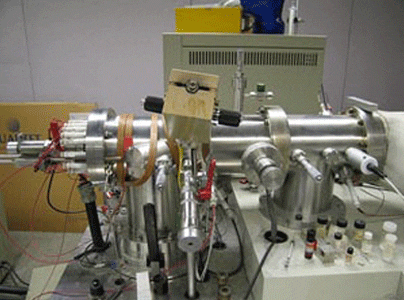Three primary agencies have authority over separate aspects. Managing seafood to protect human health is the responsibility of state health agencies. These agencies work closely with the US Food and Drug Administration (FDA) and NOAA’s National Marine Fisheries Service (NMFS). The FDA has jurisdiction over seafood that crosses state lines in interstate commerce and NMFS regulates fishing in federal waters.
Following an oil spill, the US Coast Guard may establish a restricted zone around any active oil recovery efforts. In the meantime, regulators review information about the oil spill, species being harvested, geographical extent of the harvest areas and data on background levels of PAH (polycyclic aromatic hydrocarbons) contamination in the spill area. Seafood is only at risk of contamination if it is exposed to the oil. If seafood consumption is not a significant risk to human health, then no harvest closures or seafood restrictions are imposed.
As soon as oil is released in the environment, it begins to break down. That change is described as weathering. As the oil weathers, its chemical properties change. Early weathering includes evaporation, dissolution, dispersion and emulsification. Oil further breaks down through biodegradation, photo-oxidation and sedimentation. Weathered oil affects the organisms exposed to it in various ways.
The potential for contamination among sea creatures varies. For example, wild finfish are unlikely to become contaminated or tainted because they are either not exposed or exposed only briefly to the spilled oil. Wild finfish are mobile and can avoid the oil. Additionally, they rapidly eliminate petroleum compounds taken up. Regulators consider these factors to decide if seafood is at risk of being contaminated.
If regulators determine that seafood may be affected, their next step is to assess the seafood for contamination. While testing for petroleum contamination is not a routine task, there are standards for chemical and sensory testing methods, sampling strategies and monitoring.
A sampling plan is developed and implemented based on specific questions to be answered, including the study area, sampling locations, collection methods and handling procedures and analyses to be conducted. Plans also include collection of pre-exposure samples so that pre-spill exposure can be compared with samples gathered after exposure to the oil. Reguluators determine which species should be included in the sampling based on potential for contamination as well as which species are harvested commercially, recreationally and for subsistence use.
Two types of evaluations can be conducted to determine whether seafood is contaminated. Sensory testing determines whether seafood has an off-odor or off-flavor (tainted). Chemical analysis determines whether tissues are contaminated with specific compounds.
Sensory evaluations are used to detect tainted seafood. Seafood inspectors are sensory analysts trained to use their senses to evaluate the presence of taint from external sources such as spilled oil. Objective sensory evaluations are conducted using a panel of trained and experienced inspectors.
The first line of screening is the sensory evaluation of aroma. Field screeners can detect down to 10 ppm of PAHs.Samples that fail the smell test are submitted to NMFS for testing by an expert panel. Experts can detect PAHs to a level of 0.5 ppm. This amount is similar to a pinch (0.010 or 10 milligrams) of salt in a liter of water (about five cups). Positives are subdivided with half subjected to sensory evaluation of cooked flavor and the other half is sent to the Seattle NMFS lab for testing.
Chemical analysis is conducted to determine whether seafood tissues are contaminated with petroleum compounds. Detailed analysis typically is conducted using gas chromatography and mass spectrometry. Individual PAHs at very low detection levels are measured to provide a PAH pattern that can be compared to that of the source oil. The quantitative results for specific PAHs can be used to assess whether the detected levels pose a risk to human health through seafood consumption. Results from detailed analysis may take up to two weeks to be obtained.

Also see Seafood Risk Assessment: What Does Safe Seafood Mean?, for an overview of factors used by the FDA to determine safe seafood.
This article is based on: Yender, R., J. Michel, and C. Lord. 2002. Managing Seafood Safety after an Oil Spill. Seattle: Hazardous Materials Response Division, Office of Response and Restoration, National Oceanic and Atmospheric Administration. 72 pp.
FDA's role in the Gulf of Mexico oil spill was described by Michale R. Taylor, Deputy Commissioner for Foods, FDA in a statement to the U.S. Senate Committee on Health, Education, Labor and Pensions June 15, 2010.

